|
Experiential learning resources for the innovative educator
The benefits of self-directed learning are clear. There are benefits to teachers, parents, and the students that are being asked to design and direct their own learning experiences. Let's dive into some of the benefits of student-led learning. The benefits of self-directed learning in the classroom far outweigh the costs. When I say "costs", I mean those concerns that make educators reluctant to have their students design, lead and manage their own learning experiences. Let’s talk about those concerns, how to squash them, and why to let those concerns go, but first, let's quickly review what student-led learning is exactly. Self-directed learning in a classroom or homeschool setting is simply giving your kids opportunities to make choices in regard to learning experiences. Those choices personalize the experience for every learner. You might give your students a choice about a specific element of a learning experience such as the topic, how they will gather information, what they will create to demonstrate learning, or all of the above. True and authentic self-directed learning is when each of your students designs the entirety of a personal learning experience by making a sequence of decisions that reflect their personalized educational journeys. Your students make ALL of the decisions as they relate to the learning experiences, with your guidance and mentorship. That is what I do in my classroom. I have the flexibility and encouragement from my director to do give my students the freedom to design and lead their own PBLs. That IS the entire curriculum. What does the teacher do in a self-directed learning environment? They facilitate. And that is what I do in my classroom and with my own kids at home. You may not have the same flexibility, which may lead you to concerns about taking on learning experiences that give students that much choice and autonomy. But I’m here to extinguish those reservations! Let’s go over a couple of common self-directed learning hangups: 1. “I don’t have the training to facilitate self-directed learning and don’t have the time for training.” That is what this student-directed learning blog series is for! There is no rush. Read a blog post or two a week. If you don’t have time for that, shoot me an email. Let’s talk. 2. “I lack the confidence to facilitate these experiences. Yes, I’ve read your blog posts, I get the idea. I just lack the confidence to get started.” Squash that now! Self-directed learning is like any other teaching strategy. You have to start somewhere and the first attempt is never perfect. I’ve been a self-directed educator for almost 15 years and I still don’t get it right all of the time. That’s okay. Your students will understand. You will all figure it out together. 3. “It’s too time-consuming. I have standards I need to meet and targets I need to cover. Other teaching strategies are more efficient.” One of the great things about self-directed learning is that you can tackle a lot of content in one self-directed learning activity. It’s also about so much more than content. You can get that content done on top of inserting many incredible skill-building opportunities. 4. “I’m worried it’s going to be chaotic.” I think this is a misconception. The idea of having students all doing their own thing at their own pace may seem overwhelming. But it is really just a form of differentiated learning. You put a system in place for managing those experiences. I use the most basic spreadsheet and a calendar. It doesn’t have to be complicated. 5. "My students won't be able to self-direct. They don't have the skills and I don't know how to train them." Again, that's why I'm here. Take advantage of me! One way to prevent or solve any struggles with self-direction is to get a few simple strategies in place. Grab my free cheat sheet, guide, and workbook below, which offers 5 strategies to support the growth of student-led learners. In my opinion, the trick for tackling all of these concerns is having a few strategies, systems, and routines in place to help you and your students realize the benefits of self-directed learning that we're about to get into. You can start working choice into learning experiences and add more opportunities for choice as you and your students build confidence in the process. So let's get to it. Why is self-directed learning so amazing? Why is self-directed learning not only beneficial to you but essential for your students? Why is it worth making a change to your current approach? There are many reasons to facilitate self-directed learning experiences in your classroom or homeschool. The 5 benefits of self-directed learning that I've highlighted below are my "why". 5 Benefits of Self-Directed Learning in the Classroom or Homeschool1) Self-Directed Learning is Comprehensive, Covering both Content and Skills Learning experiences that are designed and managed by self-directed learners are comprehensive. What I mean by that is that experiences offer more than content alone or skill-building alone. Self-directed learning experiences can be designed around subject integrated content while also promoting 21st-century skill-building. If you think about your life as it stands now, it is built on a series of projects that you plan, organize, manage, and execute. Meal planning, a workout routine, traveling, purchasing a home, raising kids, applying for jobs, organizing a lesson for your students…these are all real-world projects that you direct. Directing those life projects requires certain skills such as decision-making, organization, planning, collaboration, communication, resourcefulness, creativity, and so much more. Self-directed learning is essentially training for your students to build the skills that are required of them to problem-solve life’s challenges, organize a bazillion tasks, and manage real-world projects. Self-directed learners can learn content, grasp concepts, and grow in important life skills all at the same time. 2) Self-Directed Learning Promotes a Passion for Learning: One of the great things about self-directed learning is how personalized it is. Self-directed learning experiences are a direct reflection of each student’s individual interests, needs, goals, desires, and more. So through personal choice, students design and lead learning experiences that have their interest, have personal meaning or are relevant in their own lives. Personal choices light a fire under kids. When learning experiences are interesting, meaningful, and personally relevant to every learner they are more likely to enjoy the experience, and in turn, enjoy learning. Self-direction ignites a passion for learning and therefore the intrinsic motivation to learn. Students want to learn because the experience or content means something to them not because they want to get a good grade or pass a test. They intrinsically desire more than that. 3) Self-Directed Learning Builds a Culture of Lifelong Learners: Self-directed learning teaches students how to learn. Self-directed learners know what questions to ask, how to ask them, and where to find answers. Self-directed learners learn how to organize the information they acquire and the experiences they have into manageable, workable pieces. Self-directed learners are able to see and experience learning as a process, a never ending cycle, not a fixed outcome. Self-directed learners experiment, try one approach, trust the experience and reflect on it, adjust, and try again. Learning is continuous with self-directed learning just as learning is continuous in life. Pretend you are going to hire an assistant. Wouldn’t you want to hire someone who could learn, try, fail, creatively problem-solve, locate resources, manage deadlines and details? Someone to take the load off of your own plate? Or would you want to hire someone who ultimately ends up creating more work for you because you have to constantly point them in the right direction? I know I would prefer an assistant that could get things done without my holding their hand. As I said, self-directed learners learn how to learn by default. It is the nature of self-directed learning. So when your students inevitably face challenges in their lives, they’ll know how to solve those problems. When they apply for jobs they will have a leg up. When they are tasked with an unfamiliar project at home, on the job, or in the world, they will know what to do to become familiar with that task or project. And not only do self-directed learners know how to learn in a way that paves the way for a lifetime of learning and growth, but they also tend to seek out learning experiences because it becomes ingrained in them. Self-directed learners strive to learn more and more because they have experience asking questions and finding answers. They’ve become wired to desire knowledge. With experience directing their own learning, self-directed learners know how to acquire that knowledge. 4) Self-Directed Learning Irons Out Classroom Management Challenges: You can visualize typical classroom management struggles such as apathy, outbursts, and frustrations in a different way when you have a classroom filled with self-directed learners. Self-directed learning is personalized and self-paced, so behaviors associated with not understanding the content or not being challenged enough don’t really exist. Students design learning experiences based on their personal interests, goals, aspirations, passions, etc. If a goal is to challenge themselves, they design their projects to meet that challenge. If students are confused by the content or the process or need guidance or scaffolding, they can come to me for personal attention. That is my role; facilitator. This role frees up time for me to give students one-on-one help. And as I’ve already mentioned, self-directed learning gives students the opportunity to practice skills such as decision making, self-regulation, organization, and more. This gives students a sense of autonomy and investment in their learning choices, which in themselves intrinsically motivate students to meet deadlines and produce quality work. “The key is to own your choice of what you learn and validate it in your experience.” - The Experiential Educator by Alice Y. Kolb and David A. Kolb. This page contains affiliate links. If you purchase a product through one of them I will receive a small commission (at no cost to you). I only endorse products that I have personally used, benefited from, and support. 5) Time and Energy to Do What You Do Best AND Enjoy Yourself: One of the great things about self-directed learning is that students can work independently to gain skills and content knowledge. This frees up valuable time for you to do what you do best. You get to spend your time managing their experiences, building relationships with students, building a positive classroom culture, organizing community collaborations or speakers, planning authentic learning activities, and more. The fun stuff! This is what I think is fun, anyway. I LOVE facilitating self-directed learning rather than planning and delivering teacher-centered learning for many reasons, one of which is avoiding the painful experience of hearing crickets when I haven't reached or engaged every kid in the class (or even a few kids for that matter). I look forward to going to work because I know I’ll be inspired by my students. I love to celebrate their successes. I love learning something new from my students every single day. I love building relationships with my students, learning about their passions, and watching them take those passions to a deep and profound level of learning. I love organizing, enhancing, and facilitating self-directed learning. It’s far less time-consuming than lesson planning. When I leave my classroom for the day, I don’t go home and plan lessons. I make dinner with a podcast on, I play with my own kids, I watch a movie with my husband, I meditate, exercise, and take care of myself. I might be thinking about my students, but I’m usually thinking about a cool project that one of my kids is doing, a possible community expert that I could connect a student with, a collaborator that I’m thinking of reaching out to, or a topic that I think one of my students might find fascinating. When I go home, if I think about school at all, it’s with passion and excitement, not dread (usually - I mean, let’s face it, being a teacher has its challenges regardless of teaching strategy). The point is, I love teaching, and that is in large part because of the student-directed nature of my day. I love self-directed learning for all of these benefits that I’ve mentioned here. I am SO passionate about self-directed learning that I created an entire organization around sharing my experiences with it. It is gold. My suggestion? Try it out so you can experience the benefits of self-directed learning for yourself. Digital Course: Student-Led Learning Made Easy Looking for self-directed learning tools and resources? Try these! Let's work together! Click the links below to learn more: Check out these blog posts for more on self-directed learning: Join our experiential learning Facebook group!
Did you know there is an experiential learning Facebook group? Check that out - Experiential Learning Community for K12 Teachers - and join in the discussion about experiential learning ideas! Find us on social media! Follow Experiential Learning Depot on Pinterest, Facebook, Youtube, and Instagram for more on experiential education, and check out my shop for experiential learning resources. Observe. Question. Explore. Share.
2 Comments
2/1/2023 12:37:58 am
Great article! I completely agree with the benefits of self-directed learning. It allows students to take ownership of their education and develop important skills like critical thinking, problem solving, and creativity. In the classroom or homeschool, this approach can also lead to greater engagement and motivation among students. I think it's important for teachers and parents to support and encourage self-directed learning, as it can have a positive impact on a student's overall academic success. Keep up the good work!
Reply
It really helped when you said that a child will have an opportunity to make their own choices when it comes to their learning with the self-directed option. I will ask a professional from a home school learning center I can find if they do that as well to know more about how it is done. Once I gauge the way of instructions and the activities, I can make a decision if they are the right ones for our first-born, especially when it is our first time sending a child to school.
Reply
Your comment will be posted after it is approved.
Leave a Reply. |
Blog IntentTo provide innovative educational resources for educators, parents, and students, that go beyond lecture and worksheets. AuthorSara Segar, experiential life-science educator and advisor, curriculum writer, and mother of two. Categories
All
|
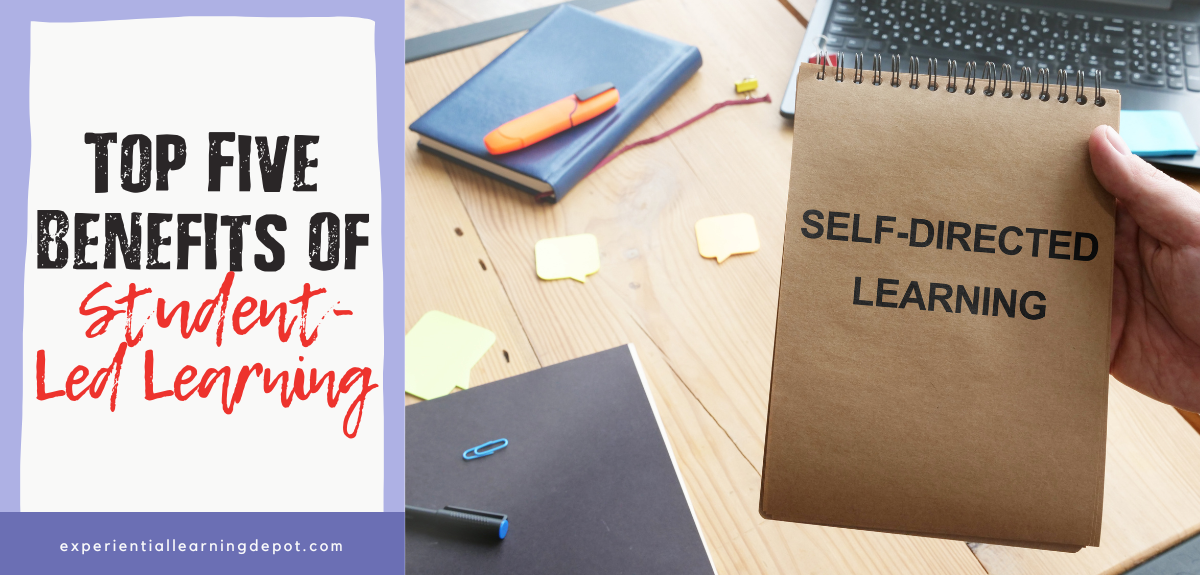
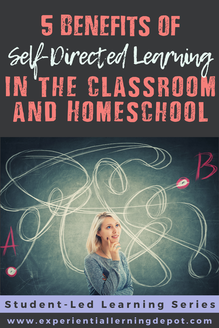
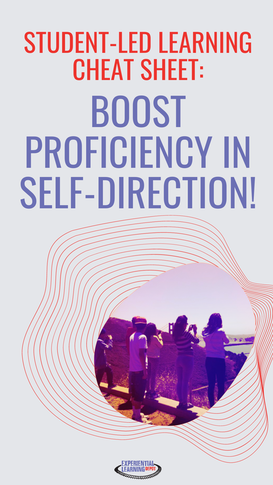
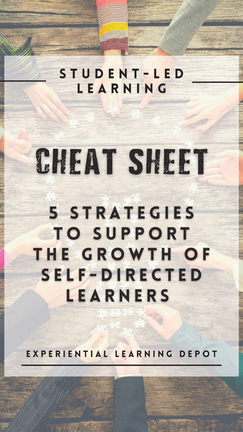
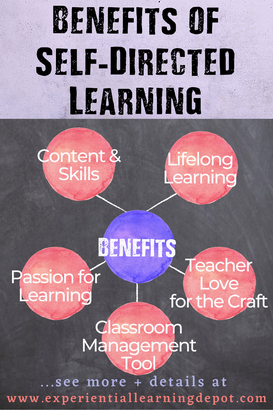
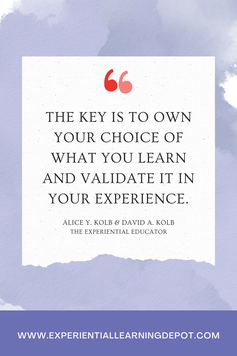
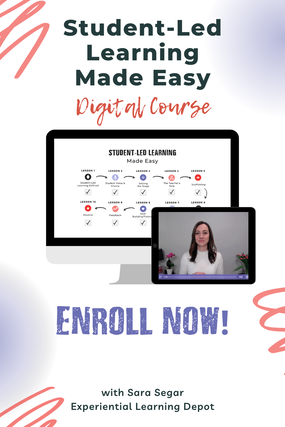
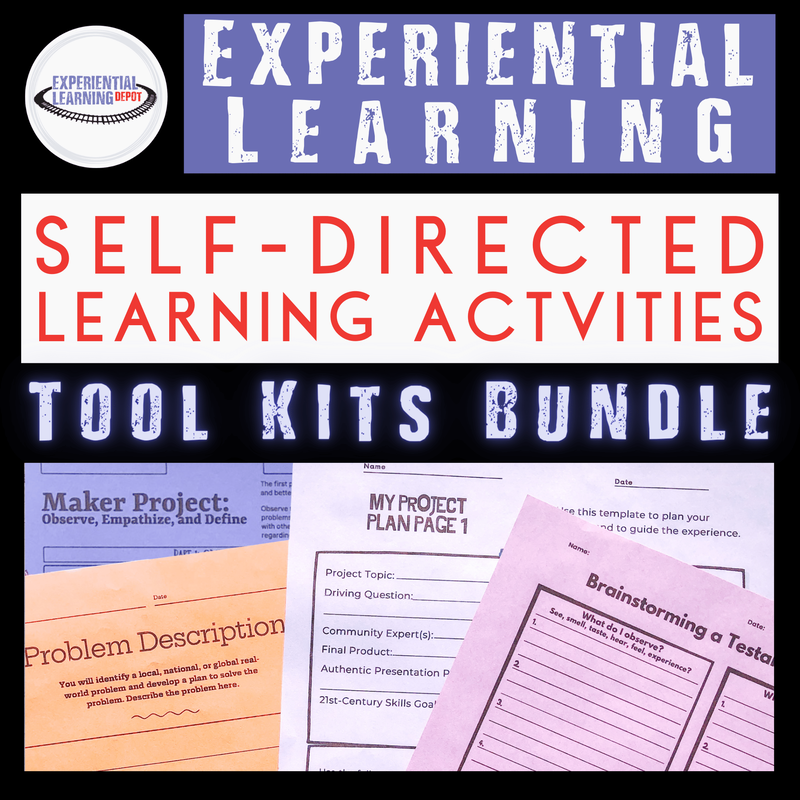
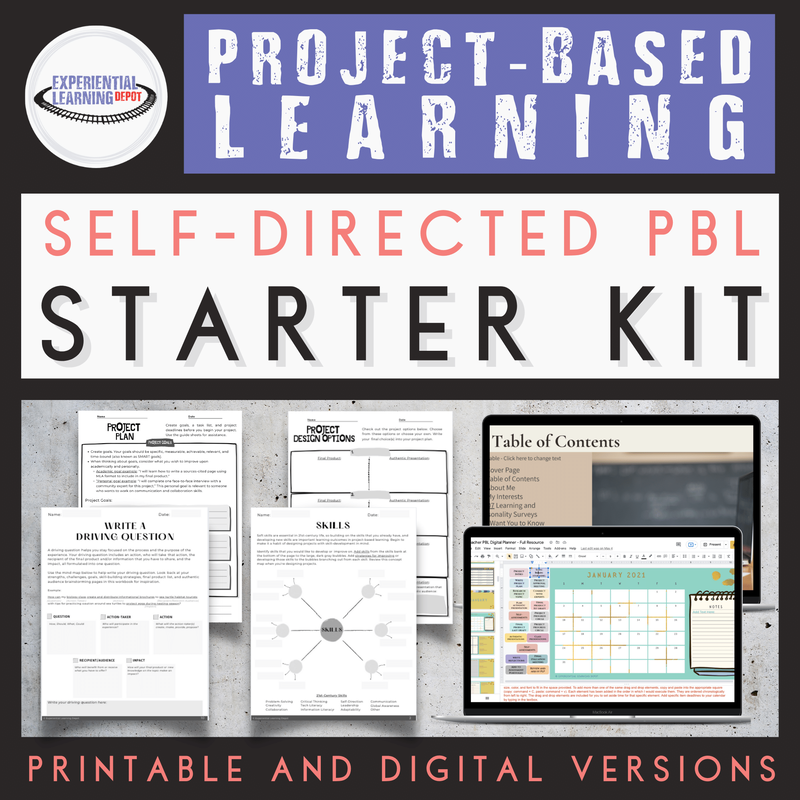
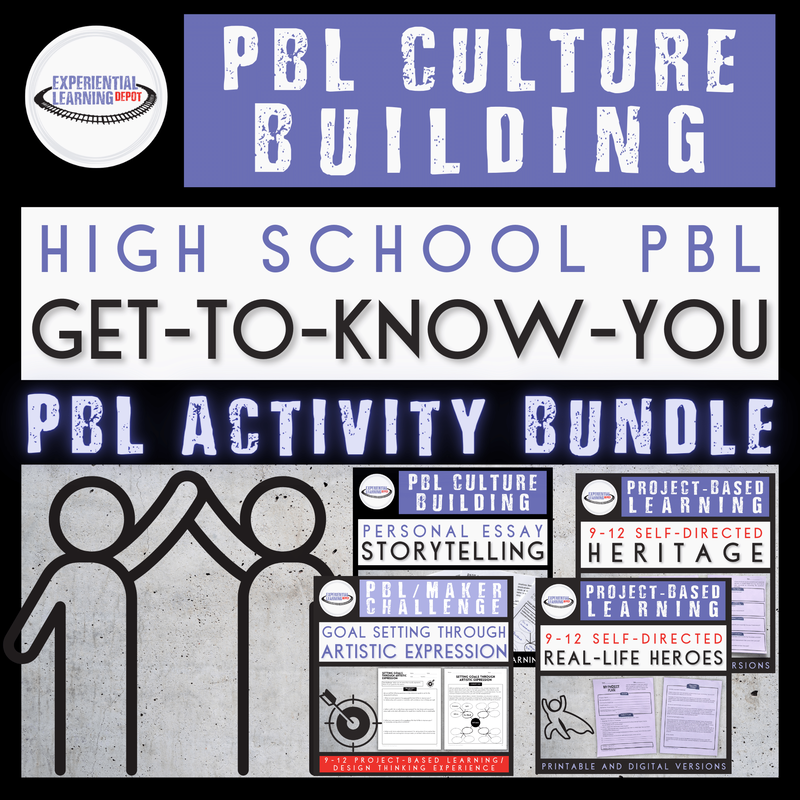
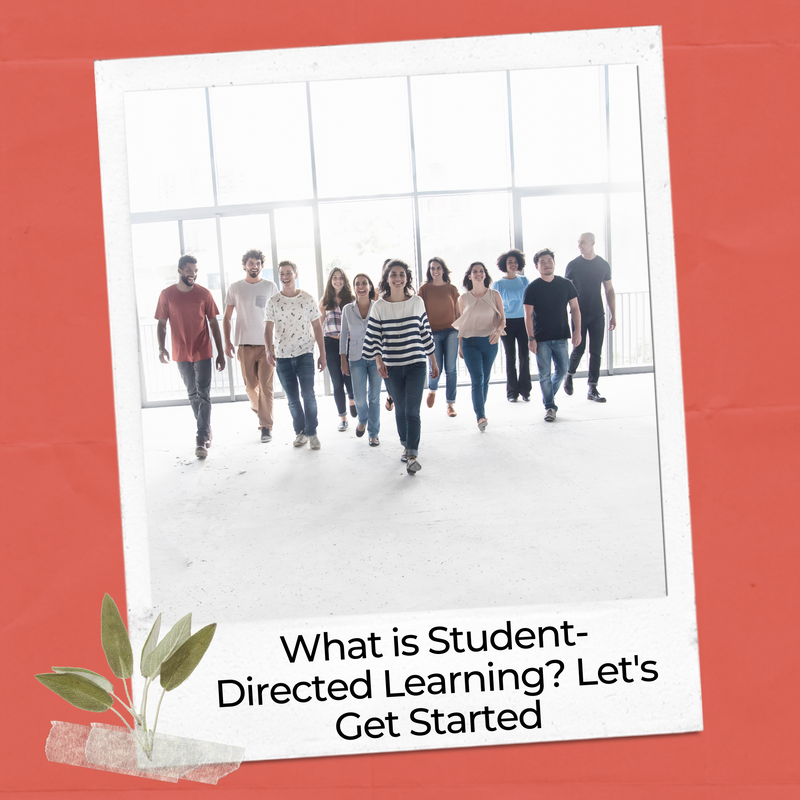
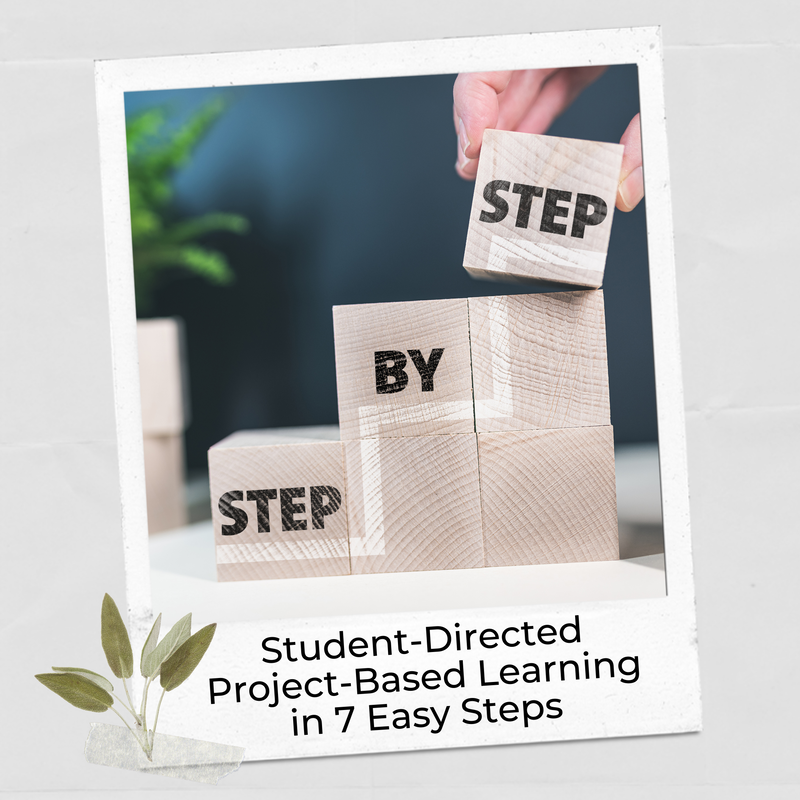
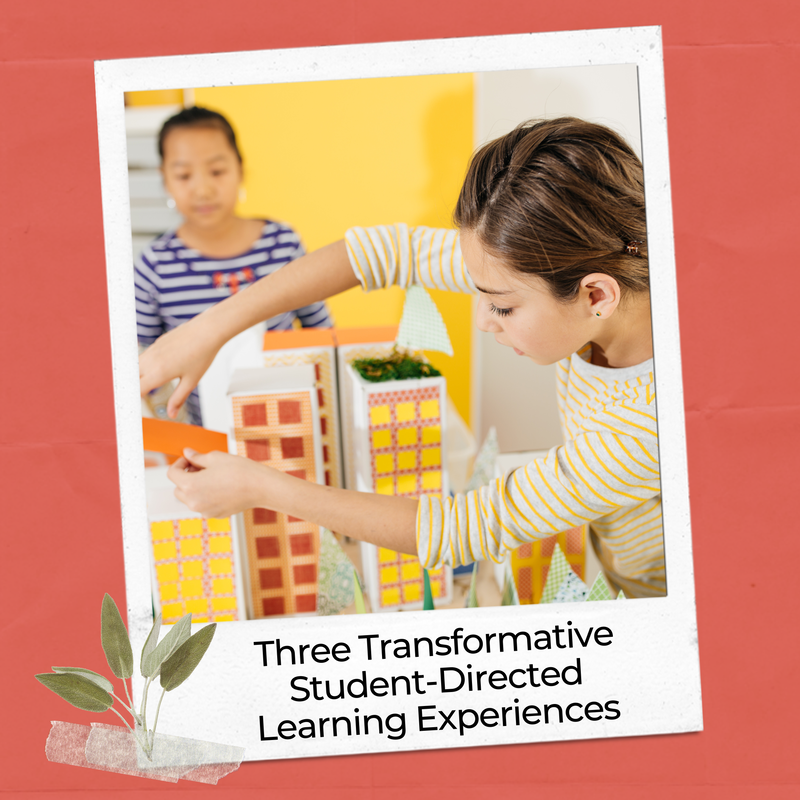


 RSS Feed
RSS Feed